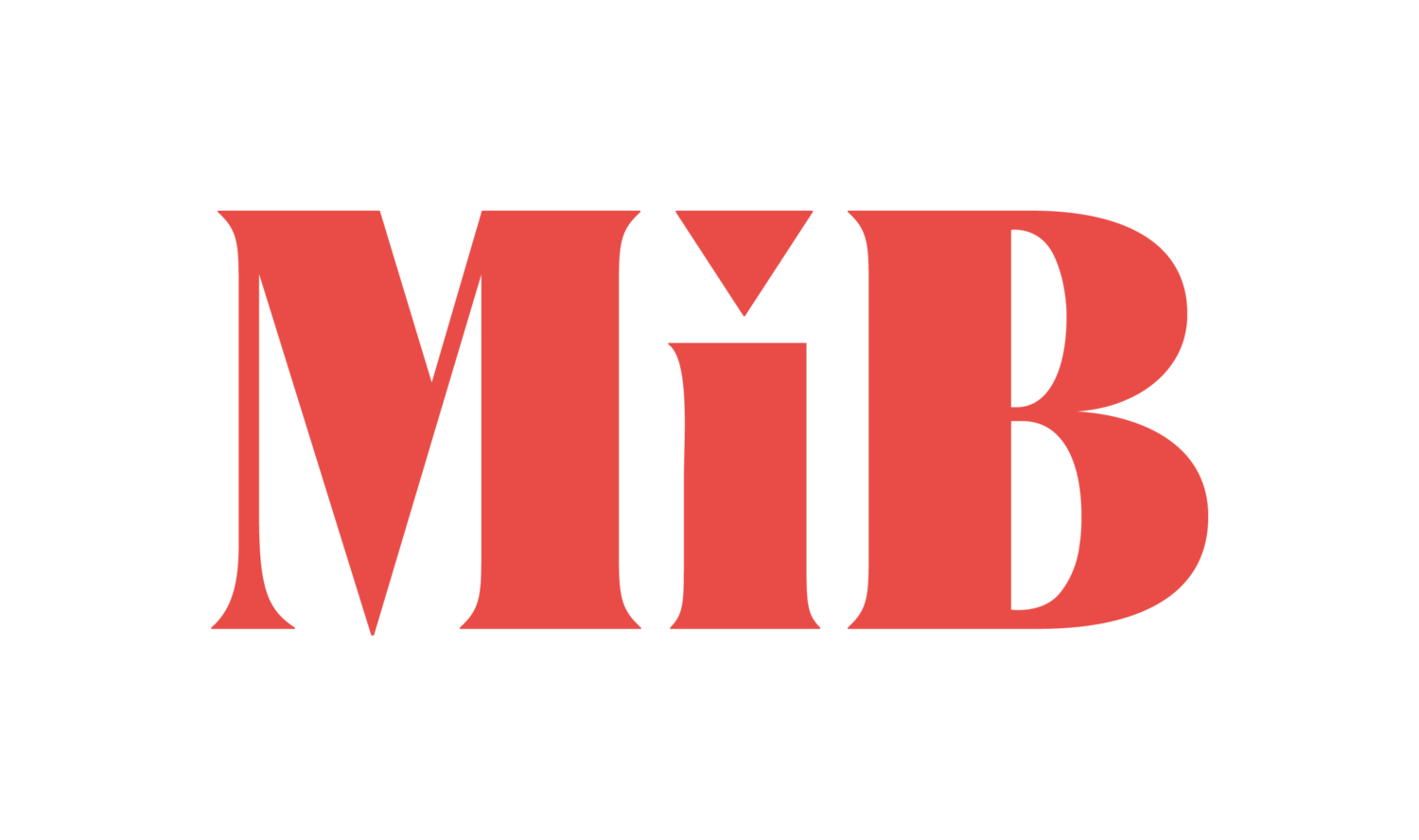Limited knowledge of Finnish or Swedish is the most important barrier to employment that persons of foreign background in Finland report. Language is also the main reason potential employers say they are not hiring persons of foreign background. According to an ELY Centre survey, less than a fourth of recruiters are willing to hire an employee who does not have fluent Finnish skills. Every second recruiter considers that managing at work requires almost native level Finnish language skills.
Lack of language skills is a vicious problem; it is a barrier to employment, which in turn prevents using and improving language skills. Language proficiency is a seemingly legitimate requirement, but fluent Finnish requirements can also mask prejudice and discrimination. Research shows that women with foreign backgrounds experience particular obstacles in their employment paths.
This problem needs to be solved, but structural barriers cannot be overcome with individual-level efforts only. Solutions at work places are needed. We want to share three diversity promoting, language aware solutions of our Manifold more -project.
Questioning the default requirement of fluent Finnish
In fall 2020, we recruited two project researchers using diversity promoting recruitment practices. One of these practices was critically evaluating the level of Finnish language required. Instead of the default requirement of fluent Finnish, fluency in English and basics of Finnish were expected.
We received a total of 120 applications, from applicants speaking 26 different first languages. Results from our recruitment survey for the applicants (n=48, response rate 51 %) were telling:
The majority of the respondents (81%) felt that the opportunity to work in English was an important factor in applying for the position. Half of the respondents considered it important that the language requirement was basics, and not fluent Finnish. By requiring a more modest level of Finnish language, we were able to diversify our pool of applicants.
Creative co-use of Finnish and English
Language awareness is a central part of our working practices. We co-use Finnish and English in our daily work, calling our method the “hybrid model.” The main idea of this approach is that each team member is allowed to use Finnish or English depending on their preference, energy level and topic – e.g. administrative matters can be convenient to express in Finnish, substance matters in English.
The hybrid model has been jointly agreed on in our team, and is also shared in the beginning of meetings with external stakeholders. This way, the responsibility of language awareness is not left to be requested by individual employees, contributing to the creation of a safe space for all. We are also experimenting the unconventional use of translation budget by producing material in English and translating it into Finnish, enabling multilingual work practices.
Requiring less than fluent Finnish does not mean lowering the level of expertise required. It is key to understand that the additional inputs in time bring genuine added value, as a more diverse and representative group of experts are able to participate in planning and decision-making, and ultimately contributing to Finnish working life.
Finnish courses during office hours
Human resource development aims to provide opportunities to learn new skills after a person is hired. For example, THL offers various training opportunities for personnel on e.g. leadership, management and communications. Previously Finnish language courses were not included.
Our project identified the following problem, described by an international colleague: “I have to study Finnish after work, from 5 to 8pm. This is very heavy and almost impossible for a person with family. We want to learn Finnish, but we need the opportunities to learn. Would it be possible to offer Finnish language training to English-speaking employees during office hours? ”
Employees at THL now have the possibility to take Finnish language courses during working hours and with the course fee covered by the employer. This is a significant way of being inclusive and supporting work-life balance.
Solving barriers to employment together
The promotion of diversity in an organization begins with recruitment practices that take equality and non-discrimination into account. As part of the Manifold More -project the Finnish Institute of Occupational Health has published 10 guidelines to promote diversity in recruitment, including the topic of language.
There are no quick fixes to making workplaces more diverse and inclusive, and one size does not fit all. The most important thing is to be part of the solution! Employers must assess and promote equality in their activities also by law.
We invite you to join us on Twitter chat #moninaisesti on Thursday April 15th at 1–2pm to share language-related solutions that have been tested and tried in your organization! We hope that many more solutions can be found.
Shadia Rask
Shadia Rask, PhD, gave the opening talk in MiB International and MiB Helsinki’s series of events discussing diversity, equality, and inclusion at work on March 29, 2021. Shadia works a Research Manager at the Finnish Institute for Health and Welfare (THL). She is currently leading the Manifold More -project that aims to promote diversity in working life and advance career paths of highly educated women with immigrant background. The project is funded by the European Social Fund (ESF).
Mothers in Business (MiB) is a nationwide network that supports career-oriented mothers in balancing work and family. Our aim is to provide opportunities for skills development, networking and career advancement. Currently, we have over 4000 members and hundreds of volunteers throughout Finland.



